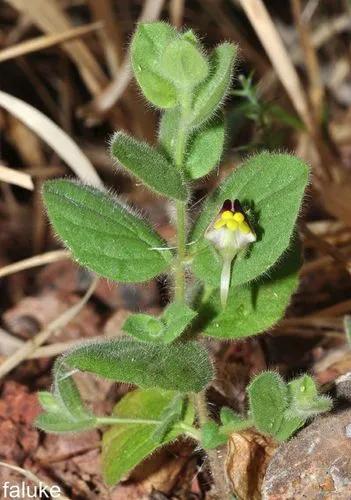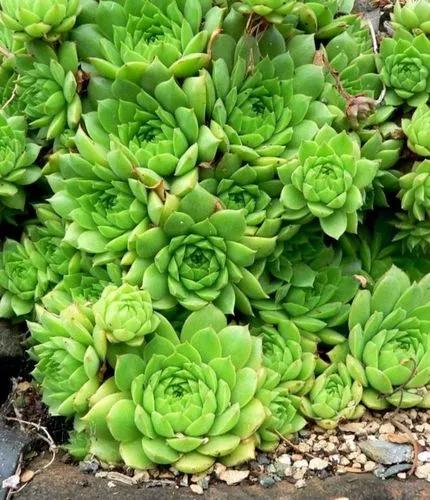Glabrous annual; stems (10-)20-40 cm, usually single, simple or sparingly branched. Leaves 18-35 x 1-2 mm, linear, subobtuse, alternate. Racemes very lax; pedicels 1-2 mm at anthesis, up to 4 mm in fruit, mostly shorter than bracts. Calyx 7-10 mm; lobes linear, acute, unequal (the adaxial the shortest). Corolla 12-16 mm, white; spur 8-11 mm, curved; mouth of tube open. Capsule 4-5 mm. Seeds 1-1.2 mm, tetrahedral, strongly ruminate.
Mediterranean Toadflax Care
Linaria chalepensis



he leaves of the seedlings should be firm and green, without spots and yellowness. When buying seedlings, the potted soil should be clean and moist.This plant prefers to grow in open areas with plenty of sunlight. Some types of toadflax can grow in a small shade, however, with a lot of shade, the development of culture will be slowed down.After each watering, it is important to gently loosen the soil around the bushes, since toadflax likes to grow on light and loose soils. Loosening must be done carefully so as not to damage the roots. At the same time, you need to remove weeds that can interfere with the growth of toadflax.
This plant might be poisonous
How to get rid of: Choose an herbicide labeled for use against toadflax, and apply it according to the label instructions. Apply herbicides to Dalmatian toadflax in spring and to yellow toadflax in late summer or fall. Your local cooperative extension agent can suggest the best herbicide for growing wild toadflax control in your area.
Discover more plants with the list below
Popular articles






